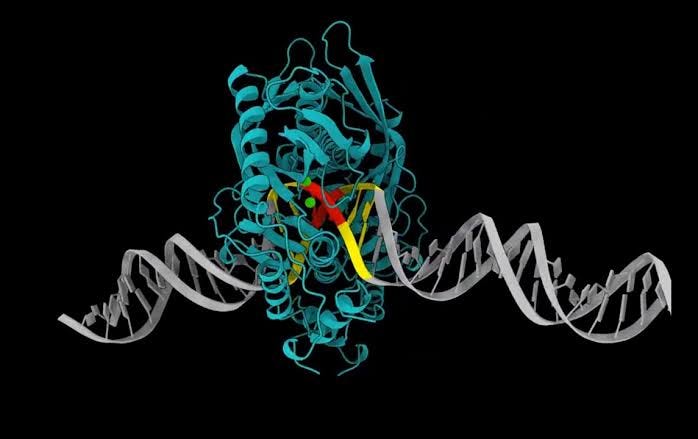Integrating AI and Energy Landscapes for Accurate Functional Movement Modeling

Scientists have discovered a new method to predict how proteins change their shape during function , utilizing a combination of protein energy landscapes and deep – learning techniques . This groundbreaking research was conducted by Rice University ‘s Peter Wolynes and his team in China , aiming to improve the accuracy of protein structure prediction . The study , recently published in the Proceedings of the National Academy of Sciences , focuses on understanding protein movements , which play a crucial role in their functionality.
Artificial intelligence ( AI ) technology has made it possible to predict the static structures of proteins , but predicting their movements has remained a challenge due to the lack of experimental data . The researchers aimed to enhance the existing protein structure prediction tool , AlphaFold2 ( AF2 ) , by incorporating energetic frustration features in their model . Proteins naturally evolve to minimize conflicts in their structure , leading to frustration in certain regions.
Through their innovative approach , Wolynes and his team successfully predicted the movements of proteins like adenylate kinase , aligning with experimental data . This method not only improves structural predictions but also explains why AI tends to overpredict stability , focusing only on the most stable structures . By incorporating the energy landscape theory and identifying frustrated regions in proteins , the researchers were able to accurately predict alternative protein structures and functional movements.
The integration of AI with biophysical insights has significant implications for various applications , including drug design , enzyme engineering , and understanding disease mechanisms . The study emphasizes the importance of combining physics – based methods with AI to enhance protein structure predictions in the post – AlphaFold era . By recognizing frustrated regions in proteins and guiding the AI to ignore these areas , the researchers achieved more precise predictions of protein movements.
The team included researchers from Nanjing University , Hong Kong Baptist University , the University of Chinese Academy of Sciences , and the Changping Laboratory in Beijing . Their collaborative effort has paved the way for future advancements in protein structure prediction and has the potential to revolutionize drug development and disease research.
In conclusion , this study marks a significant milestone in the field of protein structure prediction , highlighting the importance of integrating AI technology with biophysical insights . By focusing on energetic frustration features in proteins , researchers have developed a more accurate method for predicting protein movements , which is essential for understanding their functions and designing new drugs . This research has the potential to drive innovation in drug development , enzyme engineering , and disease research , ultimately leading to improved healthcare outcomes.






